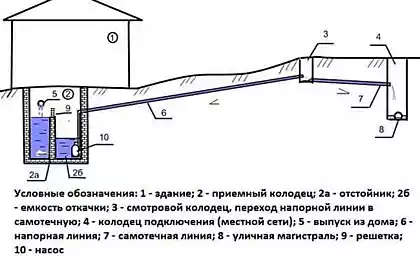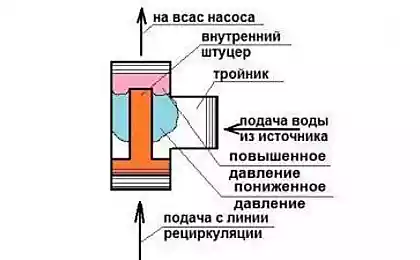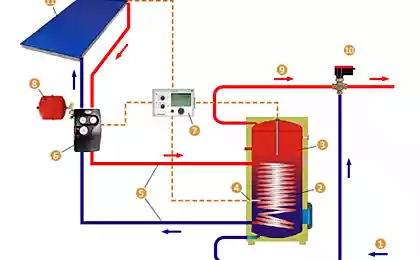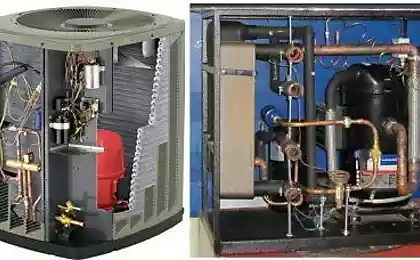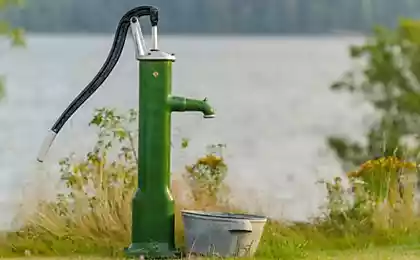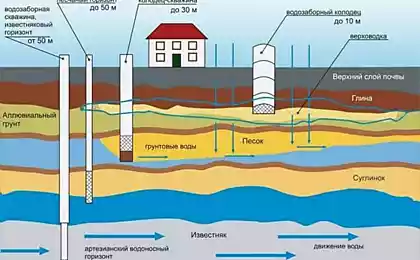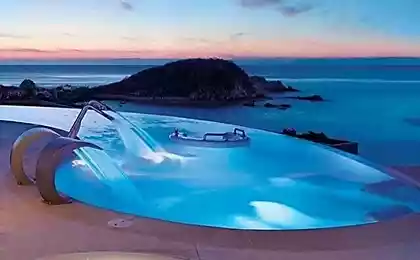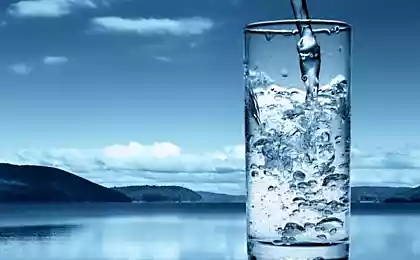566
Pumping station: all the "pros" and "cons" installation
The water-supply problem is most acute for the owners of cottages and private houses. The easiest way to solve it by drilling or digging a well on his land. In order to equip the water supply system, you will need to choose the equipment, the supply of water into the house. This can be a pump station or pump. Practice shows that the first option is used most often. Why? Let's deal.
The pump station is a complex of interrelated structural elements. The most important is the pump that lifts water to the surface. She gets to drive, which can be a simple tank or a more complex membrane device-the accumulator. For on/off switching of the pump is used the control unit. In modern models installed special protection against "dry-progress". If the water at the source, it turns off the pump and protects it from damage.
A mandatory element of the station is a check valve that prevents the flow of water from the accumulator to the source. The gauge mounted on the tank allows you to visually monitor the pressure in the tank and, if necessary, to take action.
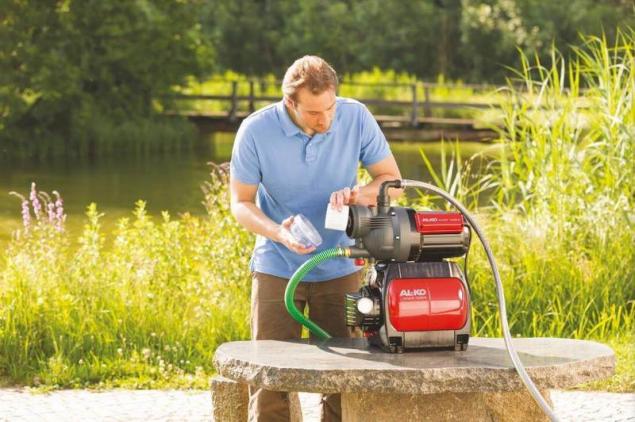
Almost all models of the pumping stations are equipped with filters that prevent the ingress of particles of dirt and sand. If the output from the system need to drinking water of good quality, the station complement even and fine filters.
The principle of operation of the equipment is very simple. The pump is activated and begins to pump water, completely filling the storage tank. After the tank is set a certain pressure, the control unit turns off the pump. The analysis of water provokes a decrease in the pressure in the vessel, resulting automatically turn on pumps, feed the tank with water, and the process repeats. To set the station selected a place near a water source. More precisely, you can decide after reviewing the technical documentation of the selected model.
For installation equipped with a small room, which necessarily supplied heating, if the station will operate year-round. You can arrange the equipment in the basement of the house, but do so rarely. When working it makes a noise that could disturb residents. For installation of the system is often used caisson – sealed insulated container, buried in the ground.
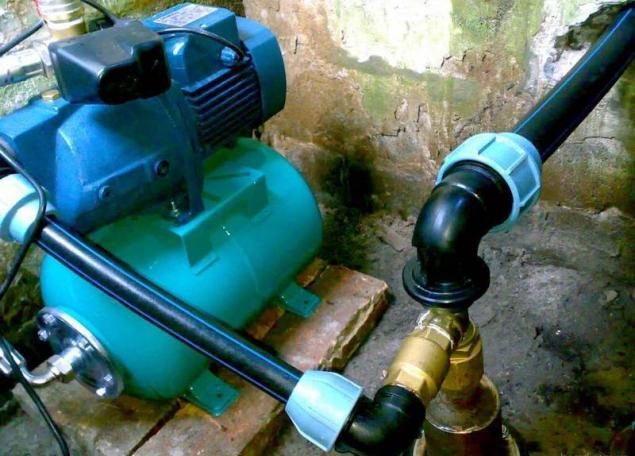
Benefits of installing a pumping station is obvious. It not only pumps water from a well or borehole, but accumulate its stock. This gives you the opportunity in the absence of electricity some time to use the water until, until its stock runs out. For places where power outages are not uncommon, this quality will be very important.
The device maintains a stable pressure in the system, which is necessary for the normal functioning of the sanitary equipment and uninterrupted transport of water.
The use of the station significantly increases the service life of the pump because it works intermittently. For comparison, the pumping equipment connected directly to an Autonomous water supply system is enabled whenever a valve or drain water from the toilet tank. This significantly reduces its resource. In addition, the station prevents the possible hammering, is fatal to any equipment.
The pumping station is easy to install and operate. For installation will not require the use of special equipment, because the device is quite compact. Connect it to the water supply system can, if desired, and a layman. The automatic control unit controls the operation of all elements without the presence of the person remains only to set the desired parameters before starting work. Another advantage of the system lies in the fact that the frequency of operation of the equipment can significantly save electricity.
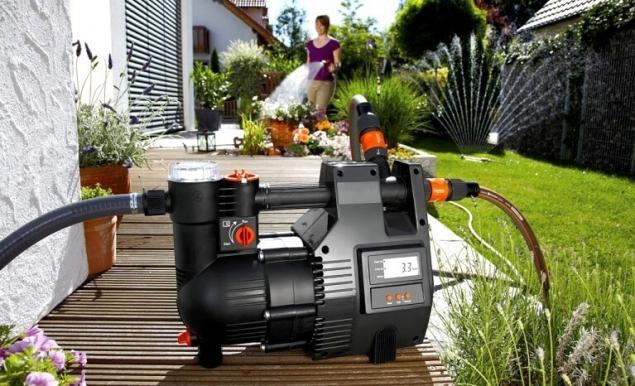
There are persistent myths associated with the use of pumping stations. It is considered that they can not be operated at depths greater than 8 m. In fact, everything depends on the type of pump. Surface low-powered devices with built-in ejector, indeed, is not able to function at depths below 8 m. But there are pumps with external ejector. These kinds of successfully raising the water from the fifty-meter depth. Their "weak spot" – sensitivity to the degree of contamination of the pumped liquid, which is quite easily solved by installing special filters. Another myth – low efficiency equipment, which is not true. To work effectively you need to properly select a suitable pump type and its capacity, then problems will not arise.
Many do not want to install a pumping station due to the presence of the storage tank. This is a rather bulky device should be located under the roof of the building. The pump raises the water into the tank, where it is naturally distributed through pipelines. I must admit that the storage tank of this type is very inconvenient, because there is always a risk of flooding, and the pressure in the system is unstable and often insufficient.
However, it's all in the past. Modern pumping stations are equipped with accumulators. This compact tanks are diaphragm type with adjustable pressure. They do not need to lift under the roof of the building, they ensure the effective operation of the system from the basement or a special extension. The disadvantage of membrane tanks is a small capacity that limits their use to wells with a small debit.
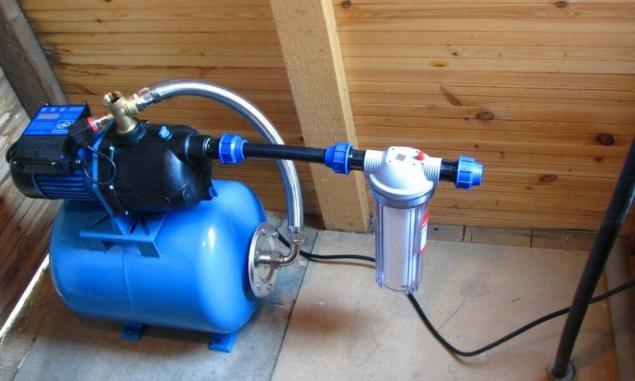
I must admit that pump station – one of the best solutions for the arrangement of Autonomous water supply. Their use allows the owner without much trouble to provide the house with water. It is only important to choose the right equipment and take into account all the features of its water source, be it well or borehole. published
Source: www.stroitelstvo365.ru/vodosnabzhenie/nasosnaya-stantsiya-za-i-protiv
The pump station is a complex of interrelated structural elements. The most important is the pump that lifts water to the surface. She gets to drive, which can be a simple tank or a more complex membrane device-the accumulator. For on/off switching of the pump is used the control unit. In modern models installed special protection against "dry-progress". If the water at the source, it turns off the pump and protects it from damage.
A mandatory element of the station is a check valve that prevents the flow of water from the accumulator to the source. The gauge mounted on the tank allows you to visually monitor the pressure in the tank and, if necessary, to take action.

Almost all models of the pumping stations are equipped with filters that prevent the ingress of particles of dirt and sand. If the output from the system need to drinking water of good quality, the station complement even and fine filters.
The principle of operation of the equipment is very simple. The pump is activated and begins to pump water, completely filling the storage tank. After the tank is set a certain pressure, the control unit turns off the pump. The analysis of water provokes a decrease in the pressure in the vessel, resulting automatically turn on pumps, feed the tank with water, and the process repeats. To set the station selected a place near a water source. More precisely, you can decide after reviewing the technical documentation of the selected model.
For installation equipped with a small room, which necessarily supplied heating, if the station will operate year-round. You can arrange the equipment in the basement of the house, but do so rarely. When working it makes a noise that could disturb residents. For installation of the system is often used caisson – sealed insulated container, buried in the ground.

Benefits of installing a pumping station is obvious. It not only pumps water from a well or borehole, but accumulate its stock. This gives you the opportunity in the absence of electricity some time to use the water until, until its stock runs out. For places where power outages are not uncommon, this quality will be very important.
The device maintains a stable pressure in the system, which is necessary for the normal functioning of the sanitary equipment and uninterrupted transport of water.
The use of the station significantly increases the service life of the pump because it works intermittently. For comparison, the pumping equipment connected directly to an Autonomous water supply system is enabled whenever a valve or drain water from the toilet tank. This significantly reduces its resource. In addition, the station prevents the possible hammering, is fatal to any equipment.
The pumping station is easy to install and operate. For installation will not require the use of special equipment, because the device is quite compact. Connect it to the water supply system can, if desired, and a layman. The automatic control unit controls the operation of all elements without the presence of the person remains only to set the desired parameters before starting work. Another advantage of the system lies in the fact that the frequency of operation of the equipment can significantly save electricity.

There are persistent myths associated with the use of pumping stations. It is considered that they can not be operated at depths greater than 8 m. In fact, everything depends on the type of pump. Surface low-powered devices with built-in ejector, indeed, is not able to function at depths below 8 m. But there are pumps with external ejector. These kinds of successfully raising the water from the fifty-meter depth. Their "weak spot" – sensitivity to the degree of contamination of the pumped liquid, which is quite easily solved by installing special filters. Another myth – low efficiency equipment, which is not true. To work effectively you need to properly select a suitable pump type and its capacity, then problems will not arise.
Many do not want to install a pumping station due to the presence of the storage tank. This is a rather bulky device should be located under the roof of the building. The pump raises the water into the tank, where it is naturally distributed through pipelines. I must admit that the storage tank of this type is very inconvenient, because there is always a risk of flooding, and the pressure in the system is unstable and often insufficient.
However, it's all in the past. Modern pumping stations are equipped with accumulators. This compact tanks are diaphragm type with adjustable pressure. They do not need to lift under the roof of the building, they ensure the effective operation of the system from the basement or a special extension. The disadvantage of membrane tanks is a small capacity that limits their use to wells with a small debit.

I must admit that pump station – one of the best solutions for the arrangement of Autonomous water supply. Their use allows the owner without much trouble to provide the house with water. It is only important to choose the right equipment and take into account all the features of its water source, be it well or borehole. published
Source: www.stroitelstvo365.ru/vodosnabzhenie/nasosnaya-stantsiya-za-i-protiv
Negotiate on the shore WHO in the family home
The show-off more money: who and why "status iphone 7»

